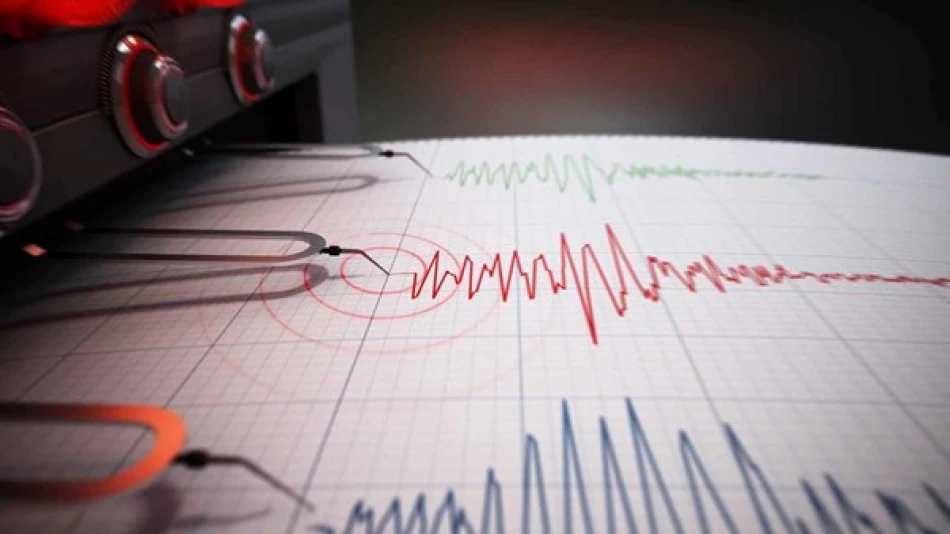
Powerful Earthquake Detected in Russia's Far East by National Weather Service
Major 7.8 Earthquake Strikes Russia's Kamchatka Peninsula, Triggers Pacific Tsunami Warning
A powerful 7.8-magnitude earthquake has rocked Russia's remote Kamchatka Peninsula, prompting immediate tsunami warnings across the Pacific region and highlighting the volatile seismic activity that continues to plague the Pacific Ring of Fire. The shallow quake, striking just 10 kilometers below the surface, represents one of the strongest tremors to hit the region in recent years and underscores the ongoing geological instability affecting critical shipping routes and regional economies.
Seismic Details and Immediate Response
The earthquake struck at 22:58 local UAE time on September 18, 2025, approximately 128 kilometers east of Petropavlovsk-Kamchatsky, the peninsula's largest city. Both the UAE's National Meteorological Center and the U.S. Geological Survey detected the massive tremor, though their readings differed slightly—7.7 and 7.8 respectively on the Richter scale.
The shallow depth of just 10 kilometers significantly amplifies the quake's destructive potential, as energy waves travel more directly to the surface rather than dissipating through deeper rock layers. This characteristic prompted the U.S. Pacific Tsunami Warning Center to issue immediate alerts for potentially dangerous waves along nearby coastlines.
Regional Pattern of Seismic Escalation
This latest earthquake follows a concerning pattern of increased seismic activity in the Kamchatka region over recent days. The area sits along one of the most geologically active sections of the Pacific Ring of Fire, where the Pacific Plate subducts beneath the North American Plate, creating conditions ripe for major earthquakes and volcanic eruptions.
Historical Context and Frequency
Kamchatka experiences regular seismic activity, but earthquakes exceeding magnitude 7.5 occur roughly once every few years in this region. The peninsula's location makes it a critical monitoring point for Pacific-wide tsunami systems, as major quakes here have historically generated waves affecting coastlines from Japan to Alaska and even reaching as far as California and Chile.
Economic and Strategic Implications
Beyond immediate safety concerns, major seismic events in this region carry significant economic implications. The Kamchatka Peninsula sits along crucial Pacific shipping routes, and tsunami warnings can disrupt maritime traffic for days. The region also hosts important fishing industries and military installations that could face operational challenges following major earthquakes.
Insurance and Risk Assessment Markets
Global catastrophe insurance markets typically respond to major Pacific earthquakes with heightened risk assessments, particularly given the interconnected nature of tsunami threats. Reinsurance companies closely monitor such events as indicators of broader seismic cycles that could affect their exposure calculations across the Pacific Rim.
Broader Pacific Ring of Fire Activity
This earthquake occurs amid a period of elevated seismic activity across the Pacific Ring of Fire. Similar major earthquakes in recent years, including the 2011 Tohoku earthquake in Japan and various tremors affecting Indonesia and the Philippines, suggest ongoing tectonic stress release across the region's fault systems.
The pattern reinforces the importance of robust early warning systems and international cooperation in tsunami monitoring, as demonstrated by the coordinated response between Russian, American, and other Pacific monitoring agencies in tracking this latest event.
Most Viewed News

 Layla Al Mansoori
Layla Al Mansoori






